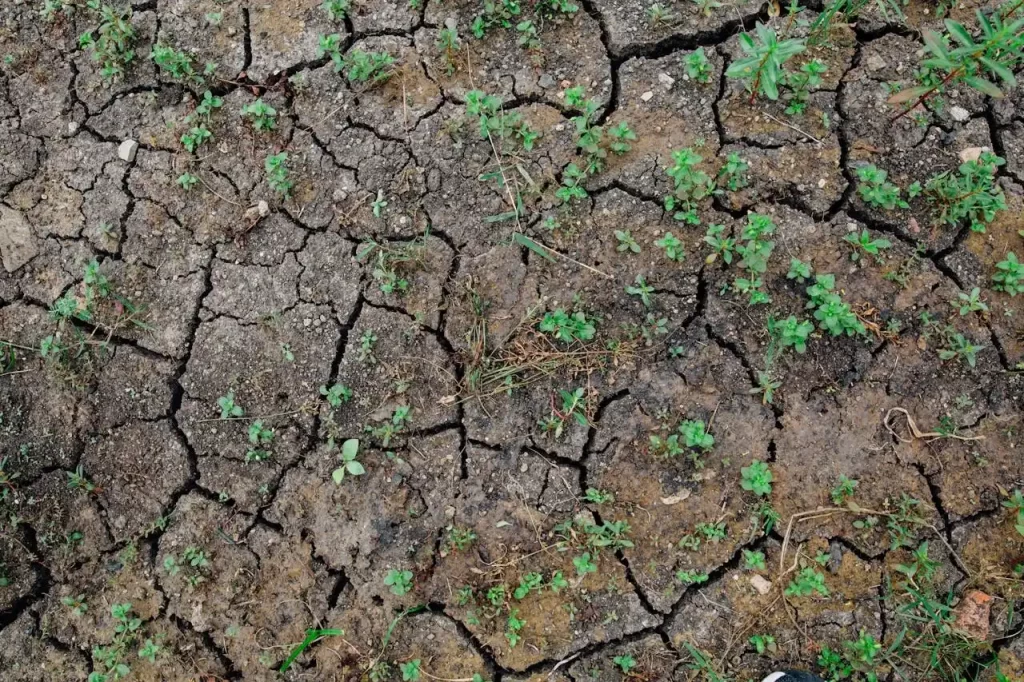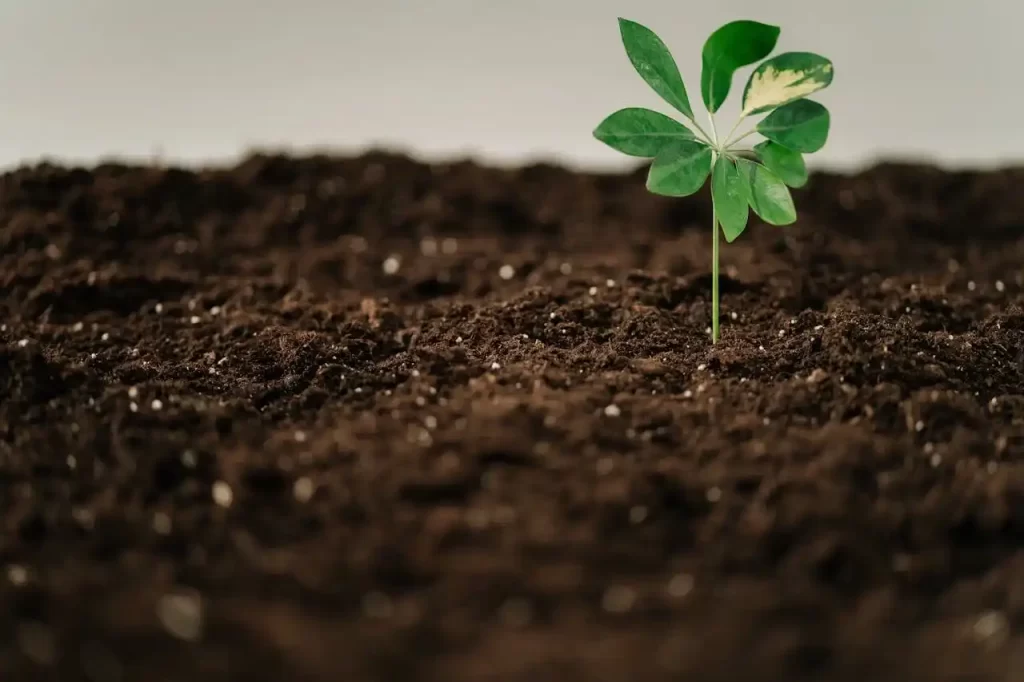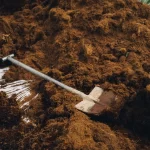How to Fix Your Garden Soil Without Turning into a Scientist
Pick the right soil amendment that plants actually like and stop fighting with your dirt and actually grow something
Let us get one thing straight. A beautiful garden does not start with fancy seeds or designer planters. It starts with dirt. Not just any dirt either. The good stuff. The kind that feels like chocolate cake crumbs between your fingers. If your garden soil looks more like dry cement or beach sand, do not panic. There is hope. The secret? Soil amendments.

That is just a fancy way of saying, “stuff you mix into your soil to make it behave better.” Think of it like adding oats to cookie dough that is too runny, or butter to dough that is too dry. Your soil needs balance, and you are here to give it some. Let us break it down in a way that makes actual sense.
Figure Out What You Are Working With
Step 1
Before you throw anything into the ground, take a moment to check how your soil drains. This is the part where you pour water into a small hole and see how fast it disappears. If the water vanishes quickly, your soil is probably sandy. If it sits there like an awkward silence, you have clay. And if the water soaks in steadily and the soil feels rich and loose, then congratulations. You have loam. Go buy a lottery ticket.
Clay Soil? Here Is What To Add
Step 2
Clay soil is dense. It sticks to your shovel. It clumps like old mashed potatoes. Plants hate it because the roots cannot breathe. The fix? Mix in compost, peat moss, and a bit of sand. But skip the sand if the clay has a greenish tint. That usually means there are mineral issues, and adding sand might make things worse.
Sandy Soil? Here Is the Plan
Step 3
Sandy soil is the opposite. It drains too fast and cannot hold on to nutrients. Roots slide around like they are in a playground full of loose gravel. In this case, compost and peat moss are your best friends. They help hold moisture and nutrients where the plants need them, instead of letting everything run off like a spilled drink.

Clear Out the Weeds
Step 4
You need a clean slate. Pull out the weeds before you start. If you mix amendments into weedy soil, you are basically feeding the enemy. Those weeds will grow twice as fast, and you will regret every second of skipping this step.
Use Your Lawn to Your Advantage
Step 5
If your garden is going into what used to be part of the lawn, here is a neat trick. Chop up the top layer of grass and turn it right into the soil. Grass, roots, and all. As it breaks down, it adds organic matter to the mix. It is like compost without the wait.
Be Generous with the Good Stuff
Step 6
When you are spreading amendments, do not sprinkle like you are seasoning soup. Pour it on thick. For a new garden bed, aim for three to four inches of compost. The more you give your soil now, the less you will have to fight with it later.
Mix It In Like You Mean It
Step 7
Use a garden spade or a digging fork. Really get in there. If you are working with a big space, borrow or rent a tiller. The larger the tiller, the better. Small ones only dig a few inches down. The big ones go a foot deep and do a better job at breaking up compacted chunks.
Dig Deep, Really Deep
Step 8
Try to mix the amendments into the soil at least eighteen inches deep. Two feet is ideal if your back can handle it. Deep soil means deep roots. Deep roots mean happy, stable plants that do not topple over in the wind or give up during a heat wave.

A Few Extra Tips from a Gardener Who Has Ruined Soil Before
Perlite and vermiculite are great at keeping the soil loose and moist. But they are expensive, so use them wisely. A little goes a long way.
Never work the soil when it is bone dry or soaking wet. Dry soil will make you feel like you are digging through bricks. Wet soil turns into a muddy mess that clumps together and ruins your hard work. If it feels like a damp sponge, you are in the clear.
There you go. Choosing the right soil amendment is not as difficult as it seems. Think of your soil as the foundation. If it is solid and healthy, the rest comes easier. Flowers bloom better, vegetables grow faster, and you spend less time yelling at plants that refuse to cooperate.
Need advice for raised beds, container gardens, or compost piles? I can help with that too. Just say the word.


